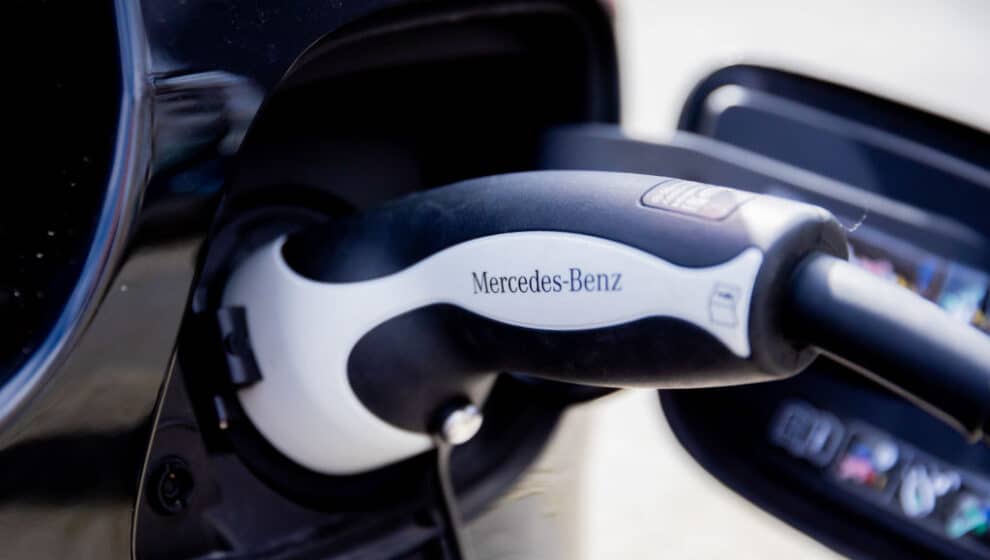Luxury EVs will pack a punch thanks to a new high-end, lighter motor.
Key details
Axial flux motors are smaller and more powerful than the existing radial motors many cars use.
While luxury vehicles like Mercedes-Benz and Ferrari stand out among other internal-combustion cars due to quick acceleration times, every EV is able to instantly accelerate because of the mechanics of an electric motor. Heavier, larger gas engines produced the quicker acceleration. Now, to stand out from the average electric vehicle (EV), luxury vehicles could be identified by lightweight, efficient motors.
The new EV motor performs better than traditional EV motors and breaks records with its power-to-weight ratio, according to Mercedes chief technology officer Marku Schaefer.
Batteries are heavy, weighing down sports cars and making them slower. Yasa, an England-based motor manufacturer for Ferrari, is able to minimize the mass of the vehicles by 85%. Axial flux motors require less material since the engines produce torque at a greater diameter.
Jaguar Land Rover’s C-X75 hybrid-electric, two-seater vehicle is powered by the Yasa motor. Though the vehicle’s production was ultimately canceled due to finances, the horsepower of the motor rivals the Porsche 918 Spyder.
Yasa’s motors have been used in the Koenigsegg Regera hybrid and Ferrari SF90.
Mercedes acquired Yasa last year and announced that it would use its motors in AMG models starting in 2025.
Why it’s news
EVs are beginning to take off, and this new motor concept is a way for luxury car makers to stand out in the field.
Yasa’s motors don’t just translate to fancy cars. There’s potential to use them in an aerospace capacity.
The motors are more lightweight, allowing for higher aircraft speeds or room for more cargo.
Yasa announced its aviation division—Evolito—last year. The Spirit of Innovation, the world’s fastest electric vehicle is powered by three axial flux motors. It can travel at speeds up to 380 miles per hour.
